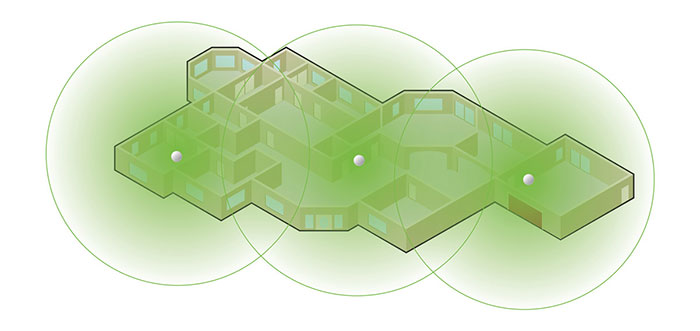Posted on 7/21/2018 by Luxul Team
By Lindsay Bull, technical writer
Roaming. You’ve undoubtedly heard the term before, but what does it mean in the context of wireless networking?
Let’s say you’ve designed and installed a wireless network in a client’s home (if you don’t like the design part, Luxul has you covered).

Your client picks up her phone to make a video call to her daughter who just moved out for her first semester of college. As she walks around her space, video chatting with her daughter, her device is required to roam.
Initially, when the device connected to the network, it picked up its signal from the nearest access point—or the one with the strongest signal. As she moves away from that access point and closer to another, roaming happens when the device transitions from the initial access point to the next one.
Some things to remember before next week’s post:
- Devices aren’t designed to check for a stronger connection; once they’re connected to an access point, they do everything they can to remain connected to that access point, regardless of how weak the signal gets
- Your cell phone’s primary objective is to conserve battery power. Checking for a stronger WiFi connection takes battery power. This is why the device will remain connected to an access point with a weak signal rather than check for a better signal
Next week, we’ll be taking our roaming knowledge one step further with a post about seamless roaming. We’ll see you here Friday!

 All News
All News